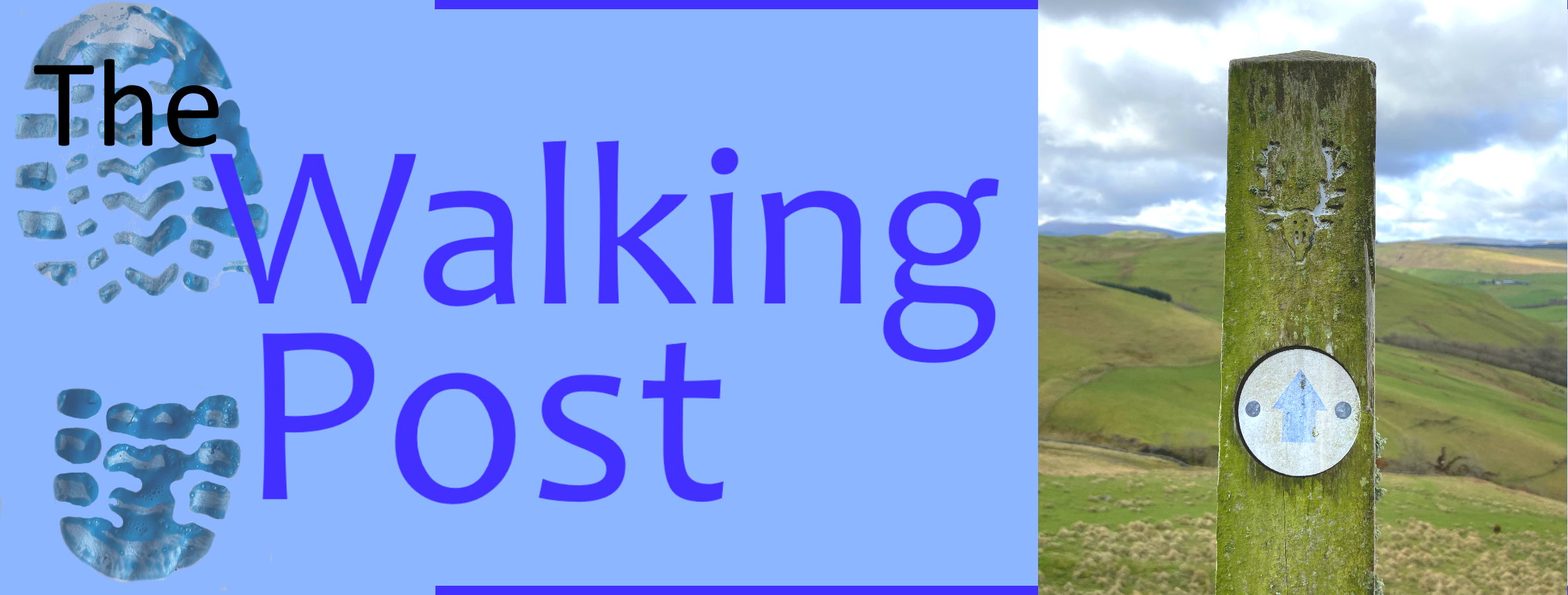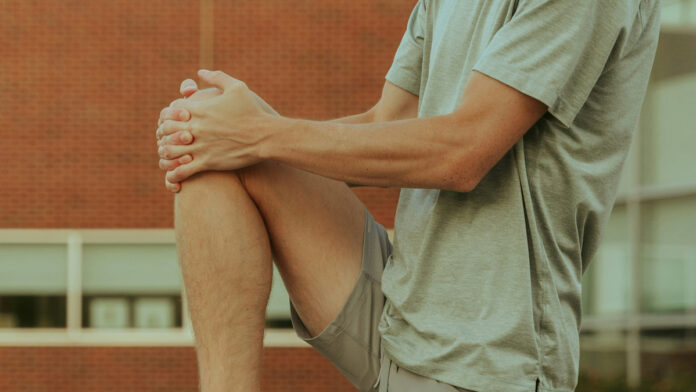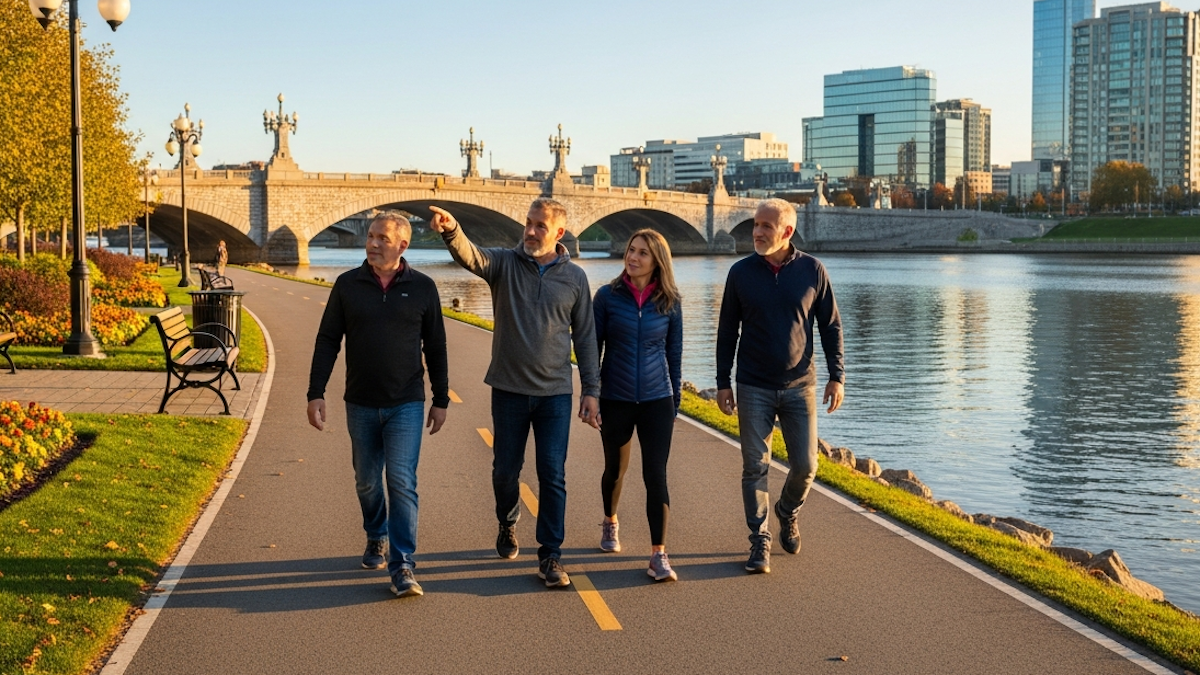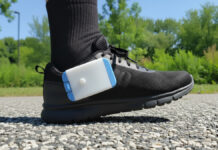Gait analysis and pain measures show that subtly adjusting the angle of the foot during walking may reduce knee pain caused by osteoarthritis. This approach may also slow progression of the condition, an uncurable disease in which the cartilage cushion inside a joint breaks down.
Led by a team of researchers at NYU Langone Health, the University of Utah, and Stanford University, a new study explored whether changing the way patients position their feet when walking could lessen extra loading — stress on the joint during motion — and help treat the disease.
The results raise the possibility that the new, noninvasive treatment could help delay surgery.
For the investigation, the scientists tested the changes with 68 men and women with mild to moderate knee osteoarthritis and then used advanced MRI scans to track how well it worked.
The results suggest that those trained to angle their feet slightly inward or outward from their natural alignment experienced slower cartilage degeneration in the inner part of their knee compared with those who were encouraged to walk more frequently without changing their foot position. A report on the study was published in the journal The Lancet Rheumatology.
“Although our results will have to be confirmed in future studies, they raise possibility that the new, noninvasive treatment could help delay surgery,” said study co-lead author Valentina Mazzoli.
Mazzoli, an assistant professor in the Department of Radiology at NYU Grossman School of Medicine, said the earlier patients receive a knee replacement, the more likely they are to require additional procedures in the future.
The findings also showed those who adjusted their foot angle reduced their pain score by 2.5 points on a 10-point scale, an effect equivalent to that of over-the-counter pain medications. By contrast, those who did not change their gait reduced their pain scores by little more than a point.
“Altogether, our findings suggest that helping patients find their best foot angle to reduce stress on their knees may offer an easy and fairly inexpensive way to address early-stage osteoarthritis,” Mazzoli said.
About one in seven Americans have some form of osteoarthritis, commonly in the inner side of the knee, according to the U.S. Centers for Disease Control and Prevention. A leading cause of disability, the disease is often managed with pharmaceutical pain relievers, physical therapy, and, in the most severe cases, knee-replacement surgery. Experts believe that excess loading can, over time, contribute to the condition.
The new study is the first to show that tailoring each patient’s foot angle to their unique walking pattern can alleviate disease symptoms in the long term and may slow cartilage breakdown.
Mazzoli said the technique may have a significant advantage over pharmaceutical painkillers. Drugs, she said, do not address the underlying disease and can cause liver and kidney damage, stomach ulcers, and other unwanted side effects when taken for long periods.
For the study, the research team recorded the participants walking on a treadmill at a specialized gait-assessment laboratory. A computer programme simulated their walking patterns and calculated the maximum loading on the inner side of their knees. Next, the team generated computer models of four new foot positions — angled inward or outward by either 5 degrees or 10 degrees — and estimated which option reduced loading the most.
The patients were then randomly divided into two groups. Half were trained in six sessions to walk with their ideal angle while the other half were instructed to continue walking naturally. Pain scores and MRI scans were taken at the beginning of the study period and one year after the intervention.
Study findings showed those who adjusted their gait reduced the maximum loading in the knees by 4%, while those who kept their normal walking pattern increased their loading by more than 3%.
“These results highlight the importance of personalising treatment instead of taking a one-size-fits-all approach to osteoarthritis,” said Mazzoli.
“While this strategy may sound challenging, recent advances in detecting the motion of different body parts using artificial intelligence may make it easier and faster than ever before.”
While the authors relied on a specialised laboratory for the new study, AI software that estimates joint loading using smartphone videos is now available and can help clinicians perform a gait analysis in the clinic.
The researchers now plan to test whether these tools can identify the most effective walking method for osteoarthritis patients, Mazzoli said. They also plan to expand their study to people with obesity.
Along with Mazzoli, Scott Uhlrich, PhD, at the University of Utah in Salt Lake City, served as study co-lead author. Julie Kolesar, PhD, at Stanford University in California, served as study senior author.
Other study co-investigators were Amy Silder, PhD; Feliks Kogan, PhD; Garry Gold, MD; Scott Delp, PhD; and Gary Beaupré, PhD, at Stanford University, and Andrea Finlay, PhD, at the Veterans Affairs Palo Alto Health Care System in California.








